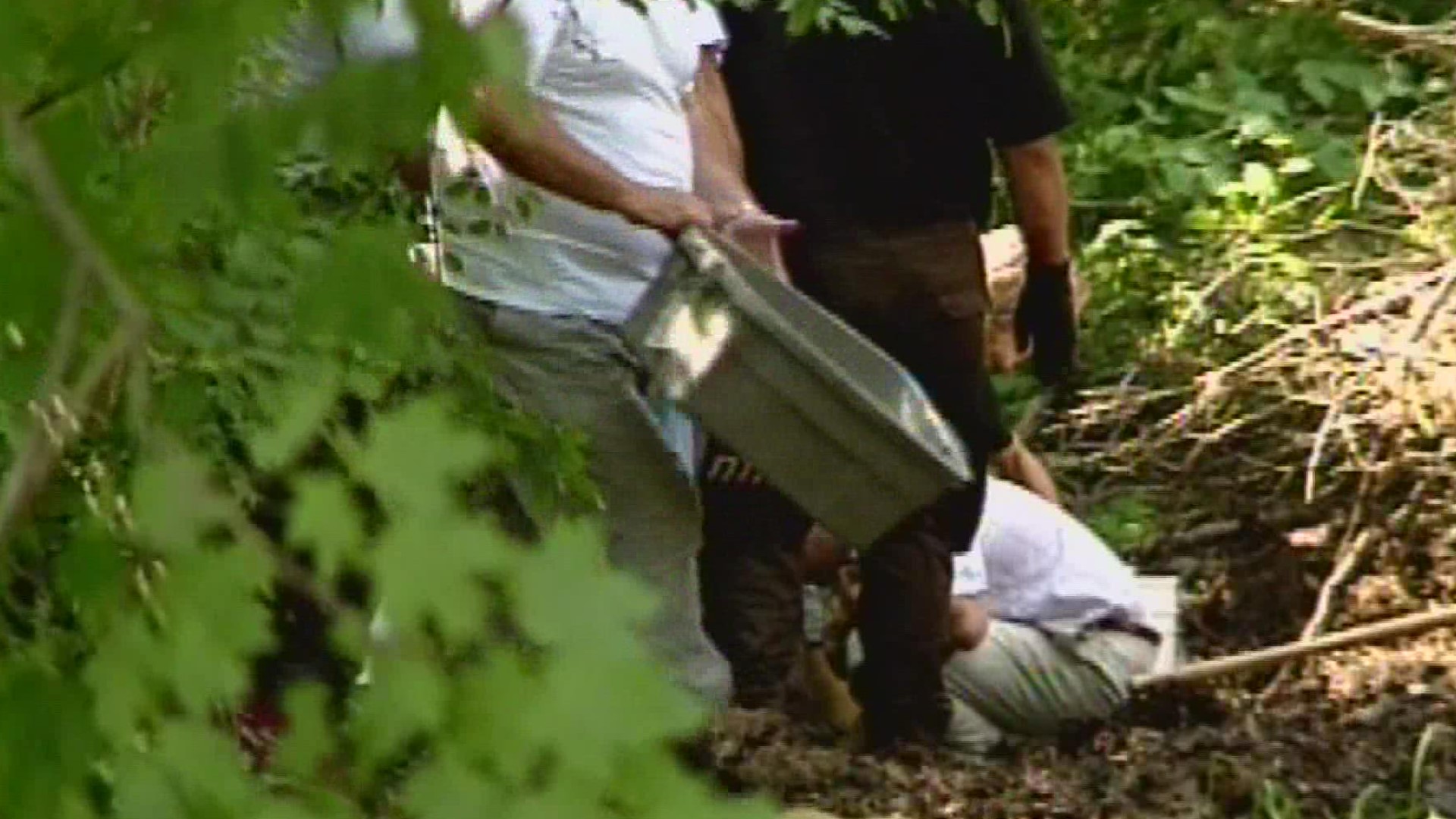INDIANAPOLIS — The identity of a man found on the property of suspected serial killer Herb Baumeister was linked to one bone. A single bone among thousands of remains discovered on a Westfield farm in the mid-1990s.
Are investigators on the verge of connecting more of those dots?
"It's one of the worst things I went through," said Janie Brock, remembering what it was like after her older brother, Manuel Resendez, disappeared in 1993 after a night out in Indianapolis.
In the days and weeks that followed, a sick feeling started growing in Brock's stomach. It never quite went away.
"It was the not knowing that was really bad, because you know something bad had happened and you just didn't know what it was."
Brock and her family wouldn't know for three long years.
"What was heartbreaking was my mom, my mom being in the hospital and that was her last day and that's what she asked me to do was bring back my brother so he could come and see her," Brock remembered.
That never happened.
Instead, in 1996, police found Manuel's remains, along with those of at least 10 other men, on Fox Hollow Farm.
Investigators believe all of the remains belong to men who were victims of suspected serial killer Herb Baumeister, who lived on the sprawling Westfield property with his wife and three kids.
Baumeister was never charged with the murders. He took his own life before police could finish their investigation. Forensics teams were able to identify the remains of eight men, including Manuel.
"It was just part of his jaw," said Brock.
Investigators believe at least 26 men may have been killed and buried on Baumeister's property, including victims who have yet to be identified.
"I'm actually worried about the ones that don't know. It's been 26 years for them. I found Manuel after three years, at least part of him, but there's people out there that don't know where their sibling, their son, whatever relation, however they're related that needs to be found," Brock said.
In the past 15 years, the current owner of Fox Hollow Farm has found more bones and bone fragments and turned them over to the forensic anthropology lab at the University of Indianapolis, where 10,000 sit, without identification.
This week, Hamilton County's newly elected coroner announced a push to identify more of those remains, calling for people with male family members who went missing from the mid-1980s to the mid-1990s to submit DNA to see if they can find a match to some of the remains.
Brock has volunteered to give a sample, even though her brother was already identified.
"They're going to take some DNA and get the rest of his remains if they are there," she said, explaining that all these years later, it's still not easy. The sick feeling in her stomach has returned.
"It brings up all the anxiety, all the calls and trying to figure out where he was at and not knowing and not knowing what to do," said Brock. "It brings all that back up."
Still, she is determined to do what she needs to do to make sure her brother's remains are back with his family where they belong.
"It's very important to me. I thought this was all we had and so I was OK with that, but to find out that maybe possibly, no, I just want the rest of him," said Brock.

